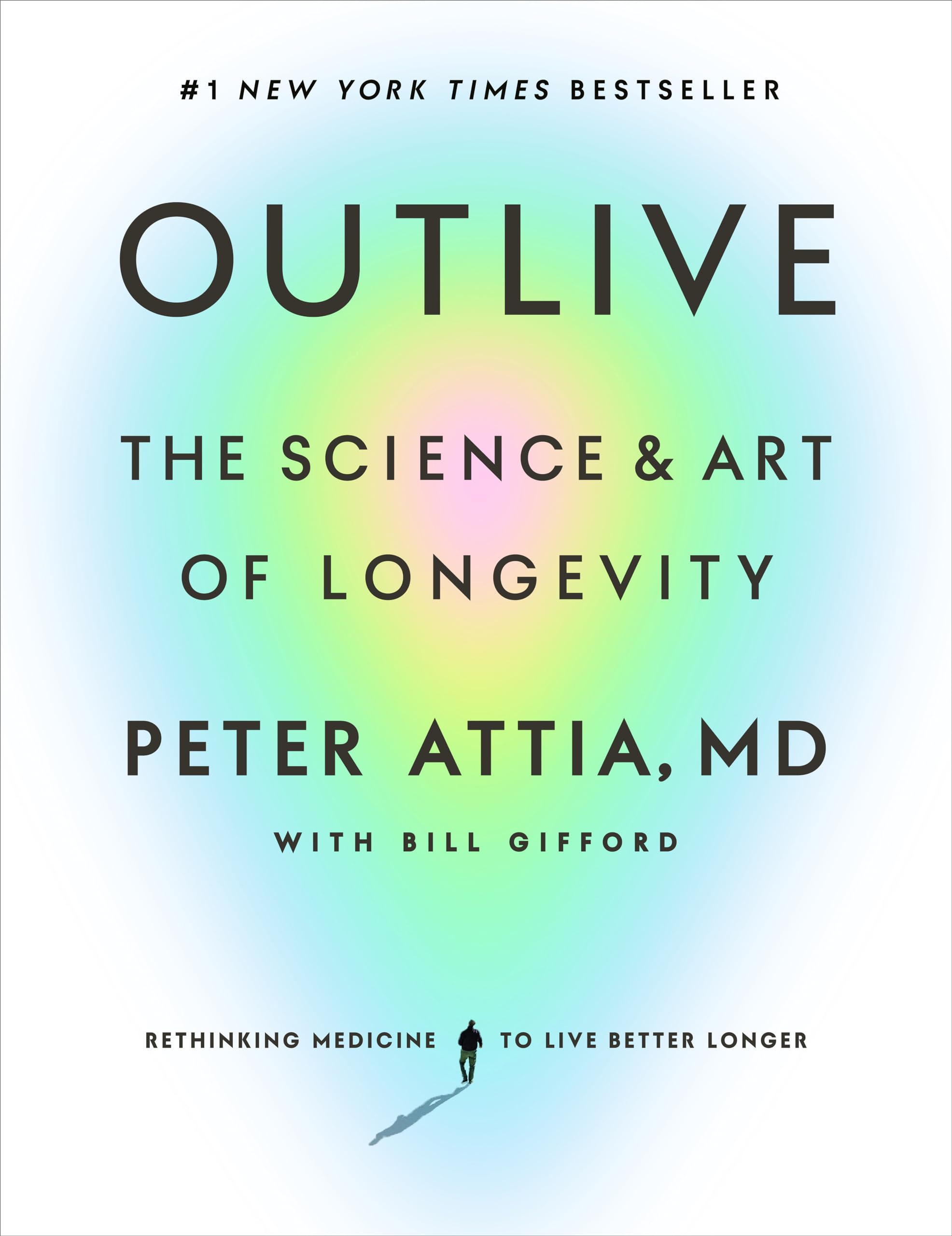Chapter 5: Eat Less, Live Longer: The Science of Hunger and Health
byChapter 5 of Eat Less, Live Longer? The Science of Hunger and Health explores the discovery of rapamycin and its potential impact on human health and longevity. The chapter begins with the author’s journey to Easter Island with three companions, drawn by their interest in the origins of this unique compound. Initially extracted from the island’s soil in 1964 by a Canadian research team, rapamycin was further studied by scientist Suren Sehgal, who identified its antifungal properties. What started as a microbial discovery soon turned into a breakthrough in cellular growth regulation and aging research.
The transformation of rapamycin from an antifungal agent to a crucial drug in medical treatments highlights its versatility. Physicians began using it to suppress the immune system in transplant patients, helping prevent organ rejection. It was also introduced in cardiovascular medicine as a coating for arterial stents to reduce blockages. Beyond its established medical applications, rapamycin has garnered significant interest for its ability to slow aging, as studies in animals have demonstrated extended lifespan even when the drug was administered later in life.
This connection between rapamycin and longevity research links closely to caloric restriction, a practice that has been shown to extend lifespan in various species. Scientists studying how reduced calorie intake affects aging identified the mTOR (mechanistic Target of Rapamycin) pathway, which plays a key role in cell growth and energy regulation. Research led by David Sabatini provided further insight into how this pathway responds to nutrient availability and stress, helping shape scientific discussions on aging. The inhibition of mTOR through caloric restriction or rapamycin treatment has shown promise in delaying the onset of age-related diseases and promoting better health in later life.
The chapter also discusses the challenges of translating these findings into practical human applications. While rapamycin has demonstrated life-extending effects in animal studies, its potential drawbacks, including immune suppression, raise concerns about its long-term use. Researchers are now exploring alternative dosing strategies that could minimize risks while preserving the drug’s positive effects on aging. The goal is to find a safe and effective way to integrate rapamycin into longevity treatments without compromising immune function.
Another aspect explored is how rapamycin mimics the effects of caloric restriction at the cellular level by reducing metabolic stress and slowing unnecessary cell growth. This controlled inhibition can lower the risk of diseases such as cancer, neurodegenerative conditions, and heart disease. While caloric restriction has long been known for its potential to extend life, rapamycin offers a way to achieve similar benefits without requiring drastic dietary changes. This makes it an appealing candidate for future treatments aimed at prolonging healthspan.
The discussion then shifts to the ethical and societal considerations surrounding pharmaceutical interventions for aging. If rapamycin proves effective in delaying aging, questions arise about accessibility, affordability, and the broader implications for healthcare systems. Will longevity treatments become widely available, or will they be reserved for a select few who can afford them? The potential impact of extended lifespan on global populations and economic structures also adds to the complexity of introducing such treatments on a large scale.
As the chapter concludes, the author reflects on ongoing research and the anticipation of future discoveries. Scientists continue to investigate how rapamycin and similar drugs can be refined to maximize their benefits while reducing potential side effects. The hope is that with continued advancements, medical treatments could evolve to help individuals maintain their health and vitality well into old age. Rapamycin represents one of the most promising avenues in longevity research, offering new possibilities for delaying aging and preventing age-related diseases.
Ultimately, Chapter 5 highlights rapamycin’s potential as a powerful tool in extending healthspan, while also acknowledging the challenges that come with it. While caloric restriction has long been studied for its effects on aging, rapamycin offers a pharmacological alternative that may provide similar benefits without requiring extreme dietary limitations. However, further research is necessary to fully understand its long-term effects and develop safe usage strategies. With scientific advancements, rapamycin could play a major role in reshaping how humans approach aging, health, and longevity in the future.


